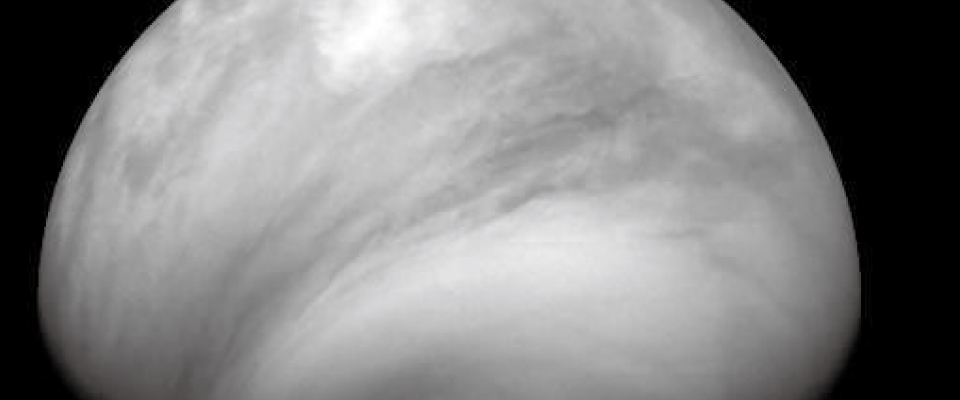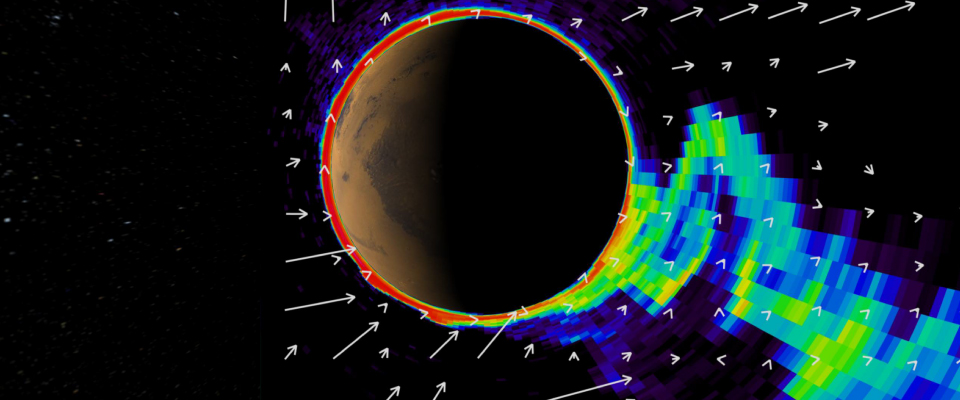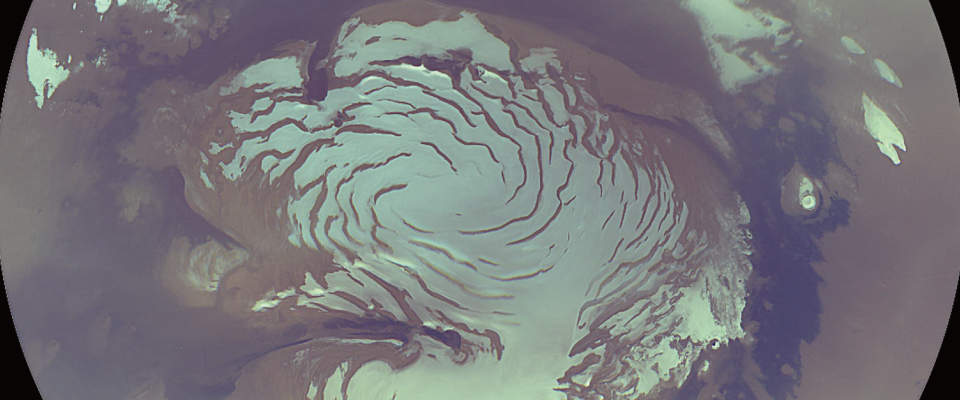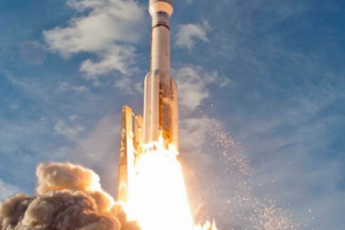金星硫酸雲の生成・消滅数値モデリング

We are starting to investigate the cloud formation, chemical reactions, and their radiative effect which affects the atmospheric dynamics in the Venusian middle atmosphere, using a VGCM (Venus General Circulation Model). Recently we introduced evaporation/condensation processes of the sulfuric aerosol into the VGCM developed by Ikeda [2011], and reproduced the latitudinal/vertical distribution of the sulfuric aerosol which is consistent with previous observations. In this presentation, we will show you the results and the future steps of our research.
Venusian sulfuric acid cloud deck, which exists in the altitude of 50km-70km, is considered to have a strong influence on the thermal balance of the Venusian atmosphere. The component of the cloud particle is mainly sulfuric aerosol which is formed by the reactions between SO2, O and H2O. The sulfuric acid droplets are divided into 4 groups according to the size; mode1 (0.3µm), mode2 (1.0µm), mode2’ (1.4µm) and mode3 (3.56µm) as defined in Crisp. [1986]. Each mode has its own characteristics of vertical distribution and thermal absorption efficiency, so the reproduction of the vertical/latitudinal distribution of those modes in the numerical model is important to simulate the general circulations in the Venusian atmosphere.
We have investigated the cloud distributions in the Venusian atmosphere using a VGCM based on the CCSR/NIES/FRCGC AGCM [Ikeda, 2011]. The model has 32(latitude) X 64(longitude) grid points and 52 vertical levels from the surface up to 95km. It successfully reproduces the zonal and meridional winda including super-rotation and Hadley circulation in the Venusian atmosphere. The current model calculates the radiative effects of clouds and molecules from fixed distributions defined in Crisp [1986] and Pollack et al. [1993], so we plan to implement into the model the radiative effects which will be consistent with the calculated cloud distributions, as well as the chemical reactions for production of the clouds.
We introduced the evaporation/concentration process of H2SO4 and simulated the evaporation of aerosols in the lower atmosphere which has the higher temperature and the condensation of aerosols in the upper atmosphere. The model calculates the saturated mixing ratio in each grid from the saturated vapor pressure curve derived from Ayers [1980], and compared it to the H2SO4 mixing ratio at the grid. We assumed that if the H2SO4 mixing ratio (sum of vapor and cloud) is larger than the calculated saturated mixing ratio, the supersaturated H2SO4 concentrates as an aerosol, and if not the H2SO4 aerosol all evaporates. The generated H2SO4aerosols are distributed into 4 modes at each altitude according to the abundance ratio based on the observation [Crisp, 1986]. We are implementing the effects of latent heat by the condensation /evaporation using the method of successive approximation.
Because of this improvement, every mode of the cloud now evaporates below 50km altitude. After the calculation of 1 Venusian day (117 terrestrial days), mode 3 aerosol gets the equilibrium state at 50km altitude.
Also the amount of mode2 aerosol largely decreased in low and mid latitudes of 60km-80km altitude, while increased in the atmosphere above 80km in all latitudes and 60km-80km altitude in high latitudes, in comparison with the model without the evaporation/concentration processes [Kuroda et al., 2013]. We consider that the difference is because the sulfuric aerosol is enhanced to evaporate especially in the equatorial middle atmosphere where the temperature is high, and the transport of H2SO4 to higher altitudes and latitudes by Hadley circulation is enhanced due to the phase change.
We will continue to improve our model to increase the accuracy of the simulation of the vertical/latitudinal cloud distribution. In the presentation, we plan to show the numerical results with radiative effects and chemical reactions which is connected to the cloud formation.




